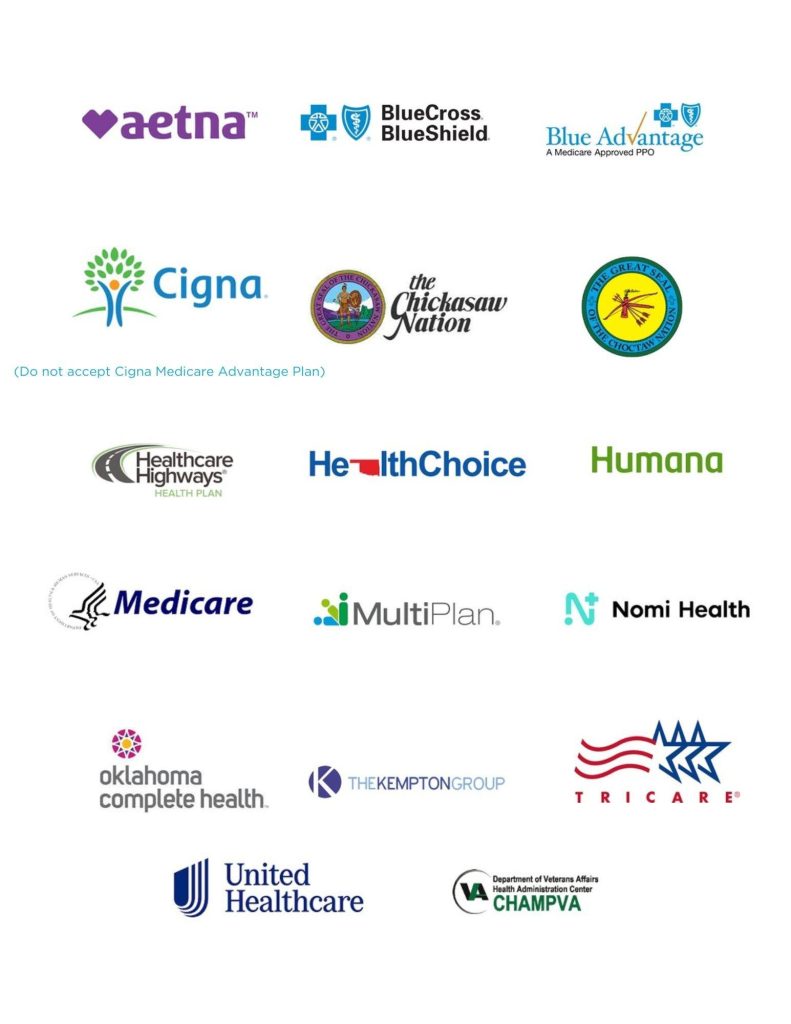When it comes to healthcare, understanding your network providers and out-of-network costs can feel like decoding a secret language. But don’t worry — we’re here to make it simple! In this blog, we’ll break down what it means to stay in-network, why out-of-network care can surprise your wallet, and share easy tips to help you navigate your options confidently. Whether you’re choosing a new doctor or faced with unexpected bills, mastering these basics can save you time, stress, and money. Let’s dive in and make healthcare a little less confusing together!
Table of Contents
- Understanding the Differences Between In-Network and Out-of-Network Providers
- How to Spot Hidden Out-of-Network Costs Before They Surprise You
- Smart Strategies to Minimize Out-of-Network Expenses Without Skipping Care
- Tips for Communicating with Your Insurance and Healthcare Providers Effectively
- In Summary
Understanding the Differences Between In-Network and Out-of-Network Providers
Choosing between in-network and out-of-network providers can significantly affect your healthcare expenses and overall experience. In-network providers have agreed upon contracts with your insurance company, typically resulting in lower out-of-pocket costs and streamlined billing. They are part of a trusted group vetted by your insurer, which often means quicker approvals for treatments and fewer surprises on your bills. Plus, many insurers offer additional perks like wellness programs and reduced copays when you stay within their network.
On the flip side, out-of-network providers are not contracted with your insurance plan and can charge higher rates, which means you might be responsible for a larger share of the costs. While you might have more freedom to choose providers or specialists outside your network, it’s essential to weigh these benefits against potential higher expenses and possible delays in claims processing. To make informed decisions, keep these points in mind:
- Verify if pre-authorization is required for out-of-network services.
- Check how much your insurance covers versus what you must pay.
- Understand balance billing — the difference between provider charges and insurance payments.
How to Spot Hidden Out-of-Network Costs Before They Surprise You
Before scheduling any medical procedure or appointment, always take a moment to verify your provider’s network status. Insurance companies often change their networks, and what was once in-network might now be out-of-network, potentially leading to unexpected charges. Call your insurer directly or use their online portal to cross-check the provider’s participation. Don’t hesitate to ask your doctor’s office or hospital for clarity—sometimes slapping a name on a bill doesn’t tell the full story, and early questions can save you from hefty bills down the line.
Next, familiarize yourself with your plan’s coverage details, especially around services frequently billed out-of-network, such as lab tests, radiology, or specialist visits. Look out for terms like “balance billing” or “surprise billing”, as they often indicate where hidden costs could arise. Creating a checklist of services you’re likely to need and confirming each provider’s billing status can turn uncertainty into confidence. Remember, being proactive and thorough with these small steps transforms surprise expenses into expected outcomes, preserving peace of mind and your wallet.
Smart Strategies to Minimize Out-of-Network Expenses Without Skipping Care
When dealing with unexpected out-of-network charges, a little foresight goes a long way. Start by proactively verifying your provider’s network status before scheduling appointments, and always ask upfront about any potential costs related to out-of-network care. Don’t hesitate to negotiate—many providers are open to discounting fees if you explain your insurance limitations. Another tip is to utilize your insurer’s tools, such as online cost estimators or customer service representatives, to get a clear understanding of what you might owe. Staying informed empowers you to make smarter decisions without compromising the quality of care.
Consider alternatives that save you money but maintain your health:
- Opt for telehealth visits when appropriate, as they often come with lower out-of-pocket costs.
- Ask your in-network provider for referrals instead of directly visiting specialists out-of-network.
- Utilize urgent care centers over emergency rooms for non-life-threatening issues to avoid higher out-of-network emergency fees.
- Check if your plan offers “gap coverage” or partial reimbursement for certain out-of-network services.
Tips for Communicating with Your Insurance and Healthcare Providers Effectively
When dealing with insurance and healthcare providers, clarity is your best ally. Always prepare a list of questions before any call or appointment, focusing on coverage details, co-pays, deductibles, and any potential out-of-network charges. Don’t hesitate to ask for written explanations or official documents to keep your records straight — this can save you from unexpected bills later on. Additionally, take notes during conversations, including the names of representatives and the date/time of your calls. This adds a layer of accountability and can be invaluable if you need to dispute a charge.
Communication is a two-way street, so be both clear and assertive, but also patient and polite. Use phrases like “Could you please clarify…?” or “Can you walk me through…” to foster a cooperative dialogue. If something feels confusing or off, trust your instincts and ask for a supervisor or a second opinion. Remember, insurance and healthcare providers want to help — they just deal with complex systems. Approaching your conversations equipped with knowledge and confidence can turn what feels like a maze into a manageable path.
In Summary
Navigating the world of network providers and out-of-network costs doesn’t have to be overwhelming. With a little know-how and some smart strategies, you can make informed choices that protect your wallet and your peace of mind. Remember, it’s all about asking the right questions, understanding your plan’s details, and advocating for yourself when unexpected charges pop up. Hopefully, this guide has made the process a bit clearer and a lot less stressful. Here’s to smarter healthcare decisions and smoother experiences ahead!






